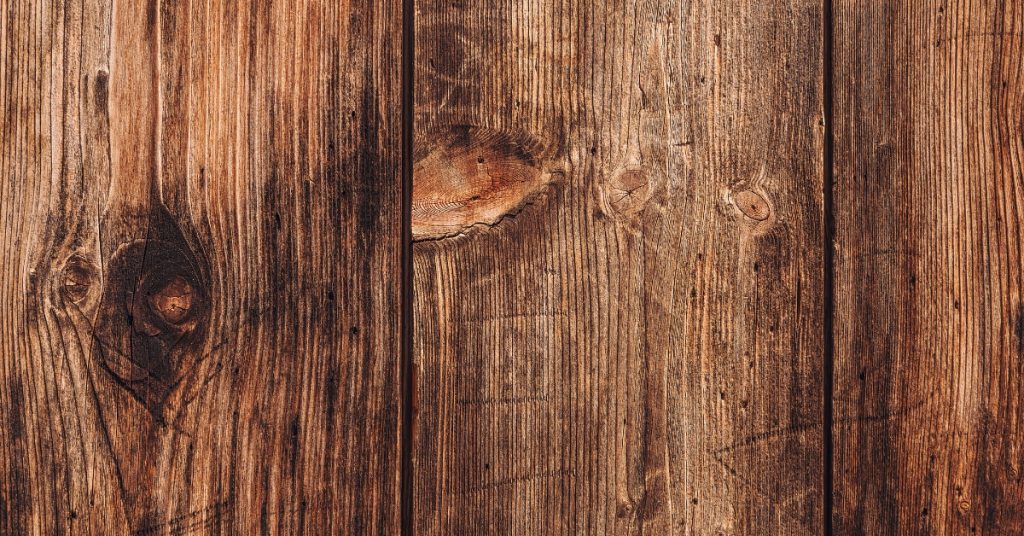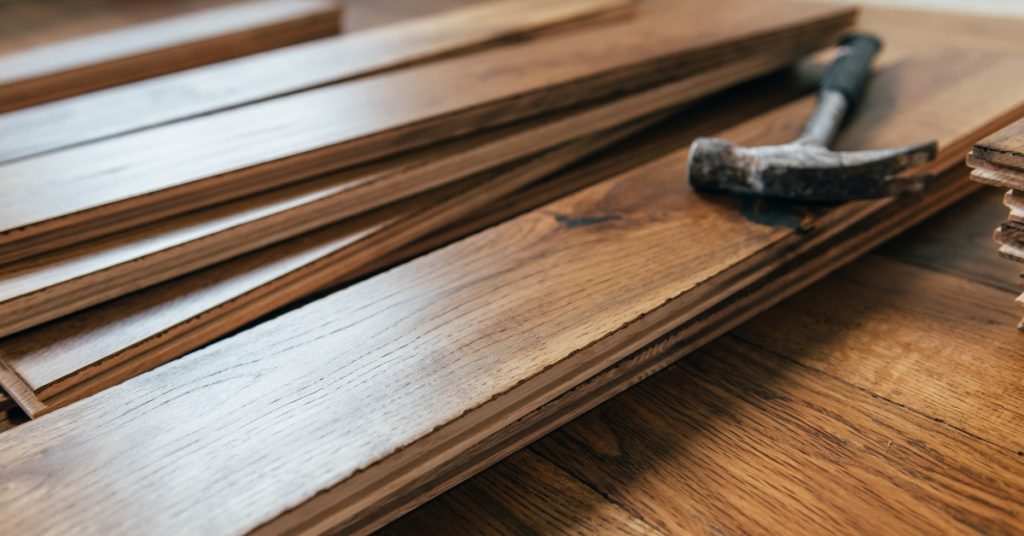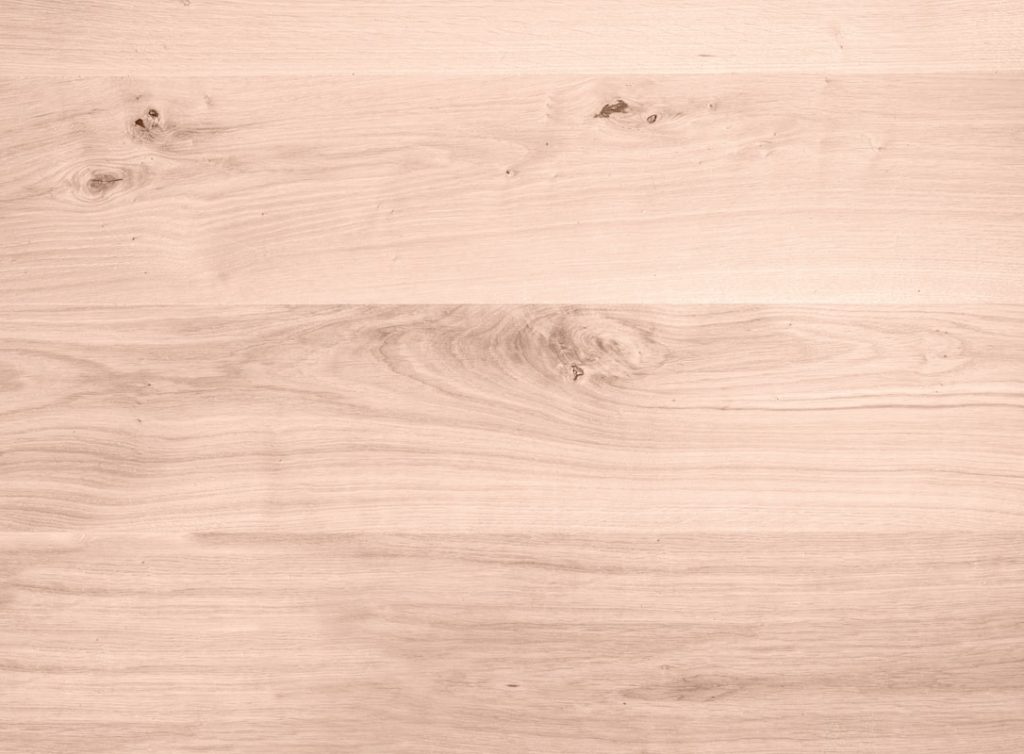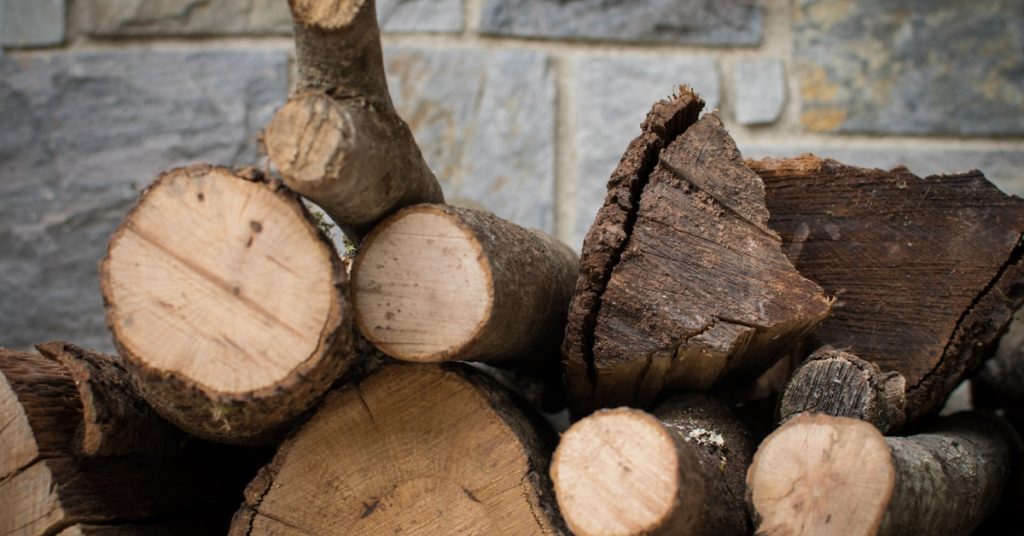Oak Vs. Other Woods: A Comprehensive Comparison
For those in the woodworking industry, choosing the right type of wood for a project can be tricky. Oak is one of the most popular woods out there and has many advantages over other types of wood, but it’s important to understand what sets oak apart from its competitors before making a choice. In this article, we’ll delve into all aspects of oak versus other materials, exploring everything from cost to durability so you can make an informed decision when selecting your next material. So if you’re looking for a comprehensive comparison between oak and other woods, look no further! With our expert guidance, you’ll have all the information necessary to select the best option for any job.
Definition Of Oak Wood
Irony can be a powerful tool when exploring the definition of oak wood. On one hand, it is one of the most sought-after hardwoods on the market today; yet on the other, its very name implies stability and strength that has been passed down through generations – qualities that all woods naturally possess.
Oak wood is a type of deciduous tree belonging to the genus Quercus, characterized by its distinct grain patterns and unique colors once cut into lumber pieces. From light tan to dark brown hues, this particular species stands out from other types due to its extreme density and durability. This high density makes oak an ideal choice for furniture making or flooring installation in areas where heavy foot traffic may occur.
While some woods are used for specific purposes such as softwood for carving projects or plywood for lightweight construction materials, oak remains versatile enough to tackle any task at hand with ease. Its tight grain pattern helps make it resistant to splitting during machining operations, while also lending itself well to being stained or painted depending on your preference. Additionally, oak’s natural oils help protect against rot and decay over time, increasing its lifespan compared to other types of wood.
When looking at different kinds of wood available today, few compare favorably in terms of quality and value as oak does. It has long been known as an excellent source material for craftsmen thanks to its exceptional properties – allowing them to work confidently knowing their projects will last many years without much maintenance needed.
Characteristics Of Oak Wood

Now that we’ve established what oak wood is, let’s explore some of its characteristics. Oak has a variety of qualities that make it a desirable choice for woodworking projects. It has an attractive grain and texture, making it a great option for furniture or cabinetry. Additionally, due to its strength and durability, oak can be used in many applications where other woods might not hold up as well.
Oak comes in several varieties with different colors and textures depending on oak species. Red oak is one of the most popular types of oak trees because of its reddish hue and distinct grain pattern. White oak species are also widely used – it tends to have less prominent grain patterns than red oak but still boasts excellent durability. No matter which type of wood species you choose, both are good choices when considering your project needs.
In terms of working properties, oak is easy to work with tools like saws and planes – even hand tools – thanks to its straight-grained structure and uneven texture. This makes shaping and cutting much easier than if you were dealing with more knotty or irregularly shaped woods such as pine or cherry.
Finally, since oaks grow slowly over time, it has exceptional rot resistance compared to faster-growing trees like fir or poplar. That means you don’t need to worry about using special treatments or preservatives before putting your finished piece outdoors; just oiling regularly should do the trick!
Other Popular Woods
When it comes to comparing woods for DIY projects and furniture making, there’s more than just oak. Several other types of wood are some of the most popular choices in carpentry. Let’s take a look at five of them:
- Cherry
- Maple
- Pine
- Mahogany
- Walnut
- Teak
Cherry is one of the most sought-after hardwoods due to its beautiful mahogany color and fine-grain pattern. It’s easy to work with and finishes nicely without staining or sealing needed. One downside is that cherry tends to be expensive compared to other options. But if you can afford it, this is an excellent choice for detailed projects like cabinets or furniture pieces.
Maple has a light cream hue with occasional streaks of brown throughout the grain patterns. This type of wood works well for both stained and natural finishes, although it does require sanding between coats when applying stain. It’s also quite durable which makes it great for kitchen cabinetry and flooring applications. The only con is that maple can be difficult to cut when working on intricate details such as curved edges or grooves.
Pine is known for being relatively inexpensive yet still providing a good level of durability and strength. This softwood takes paint very well while also accepting stains fairly evenly too so you get plenty of options when finishing your project piece. The downside is that pine may warp or twist over time depending on environmental factors so make sure you factor this into your decision if opting for pine lumber over another species.
Mahogany has a deep reddish-brown color and tight grain pattern that gives off a luxurious feel perfect for high-end furniture creations or custom cabinets in upscale homes. While this type of wood won’t break the bank, it isn’t cheap either so budget accordingly before taking on any major projects using mahogany boards! Additionally, keep in mind that certain cuts from specific trees may contain sap pockets that need filling before finishing any surface treatments applied afterward (i.e., varnish/stain).
Finally, walnut offers an elegant dark hue combined with a unique texture akin to tiger stripes along various parts of the board – adding lots of character wherever used! This strong hardwood will hold up over time but be prepared to pay a premium since many consider walnut among their favorite materials in fine woodworking due to its beauty alone; not something found easily within a wide variety of species readily available today! Plus don’t forget teak – extremely resistant against rot & decay as well as insect infestation despite having a slightly lighter appearance when compared directly alongside walnut itself…a perfect combination if looking towards outdoor living areas where natural elements reign supreme year round!
Varieties Of Oak Wood
Now that we’ve explored some of the other popular woods, let’s take a look at one of the most beloved types: oak. Oak is a hardwood and its strength makes it ideal for furniture-making flooring and paneling. There are several varieties of oak wood available to choose from, each with its unique characteristics. Let’s compare them side by side in this table:
| Variety | Color | Grain Pattern | Strength |
| Red Oak | Pale Brown tones & reddish tinges | Straight or slightly wavy grain pattern | Hard & strong but can be brittle due to high porosity levels |
| White Oak | Light Browns & greys | Open grained patterns; large pores visible on surface | Heavy & dense making it incredibly durable |
| Live Oak | Tan hues | Coarse texture with long rays and swirls throughout the grain structure | Resistant to decay and insect damage |
| Bur Oak | Silvery brown hue | Large irregular shaped burrs (knots) scattered randomly across the surface | Highly resistant to wear and tear |
| Pin Oak & English Oak | Yellowy Tan/Light Brown | Pin has narrow curved grain whereas English has coarse interlocking pattern with wide open pores | Good overall durability and water resistance |
Oak is an excellent choice when selecting lumber because of its resilience against wear and tear as well as rot resistance. It also offers great stability thanks to its natural moisture content which helps reduce movement over time. The variety you choose will depend upon your project needs – red oak works best for heavier-use furniture pieces while live oak may be more suitable for outdoor projects due to its superior rot-resistance properties, for those looking for decorative elements, pin or English oaks offer attractive grains perfect for detailed woodworking applications such as cabinetry or mantels. No matter which types you select, all offer exceptional quality that will last generations!
Advantages And Disadvantages Of Oak Wood

Oakwood is one of the most popular and sought-after materials for furniture making. Its strength, durability, beauty, and affordability make it an ideal choice for a variety of applications. There are both advantages and disadvantages to using oak wood in any project. Let’s take a look at each of them.
The first major advantage of using oak wood is its strength. It has excellent structural integrity that makes it suitable for use as framing material or even flooring boards in some cases. Oak is also very durable, resisting warping and cracking over time better than other woods such as pine or cedar. This means your projects will last longer without requiring additional maintenance or repair work down the line. Finally, oak wood is known for its beautiful grain patterns which can give pieces made from it an added aesthetic appeal that many homeowners find attractive.
On the downside, there are some drawbacks to using oak wood as well. The cost is often higher than other types of lumber due to its popularity; this could be prohibitive depending on what you’re building and how much money you have available in your budget. Additionally, while it does resist moisture quite well overall, untreated pieces may still suffer from rot if not properly sealed before being exposed to water or damp conditions over long periods.
Overall, when considering whether or not to use oak wood for your next project, these pros and cons should be taken into account carefully before deciding either way. While it might come with a slightly higher price tag upfront compared to other options out there, its longevity makes it well worth consideration – especially if aesthetics play an important role in choosing materials!
Strength And Durability of Oak Wood

Photo by Simon Berger on Unsplash
When it comes to the strength and durability of wood, oak stands tall above the rest: like a mighty redwood at the top of a mountain. To put it in perspective, if other woods were trees, they’d pale in comparison to an Oak’s sturdy trunk. It has been said that “Oak is strong enough for any project,” and this couldn’t be more true!
No matter what type of woodworking project you have in mind, you can count on Oak to deliver the highest quality results. Its unparalleled strength and longevity make it ideal for carpentry work, furniture making, and even construction projects. In terms of its strength compared to other hardwoods such as maple or walnut – there isn’t much competition. The vast majority of experts agree that when it comes to strength, nothing beats good old-fashioned Oak.
In addition to its impressive strength, Oak also boasts exceptional durability too. While some woods may show signs of wear and tear after only a few years of use; Oak remains tough as nails for decades without fail. This makes it perfect for creating items designed to last generations with minimal maintenance required over time. Many pieces made from Oak are still standing centuries later – a testament to its incredible durability.
If you’re looking for a durable material that will stand up to whatever life throws at it while delivering beauty and elegance at the same time then look no further than Oak Wood! With unmatched performance in both strength and durability compared to all other types of wood – it truly is one of nature’s finest materials available today.
Cost-Effectiveness Of Oak Wood
Now that the strength and durability of oak wood have been established, it’s time to consider its cost-effectiveness. Oak is one of the more expensive types of wood, but when you look at its overall value compared to other woods, it can be quite economical. When you factor in the long-term sustainability of an oak floor or furniture piece, for example, the price tag becomes a much better deal than using less durable alternatives.
Oakwood costs upfront may seem steep – especially compared to softer woods like pine – but considering its longevity over time makes it well worth the investment. Studies have shown that quality oak products have significantly longer life spans than those made from cheaper materials such as particle boards or pressed wood. This means fewer repair bills down the line and lower replacement costs over years of use.
Durability isn’t all that contributes to oak’s cost-effectiveness either; aesthetic appeal plays into budget considerations too. The unique grain pattern present in each plank gives any project a timeless beauty that increases property values and raises the return on investments by making homes and businesses more desirable locations.
The bottom line? While the initial outlay may be higher with oak, it offers an unbeatable combination of strength, style, and affordability that simply can’t be found elsewhere – giving users peace of mind knowing they got the best possible material for their hard-earned money.
Natural Beauty of Oak Wood

Photo by Kirill Tonkikh on Unsplash
Oak wood has a natural beauty that is unmatched by other woods. Its grain, texture, color, and pattern are unique to oak and provide an attractive aesthetic for any type of furniture or decor. Here’s what makes oak so special:
- Its distinctive open grain gives it an interesting look that adds character to the surface.
- The warm tones of its reddish-brown hue bring out the beautiful details in the wood grain.
- Its strong yet flexible texture allows for intricate carvings and detailed designs.
- It is naturally resistant to damage from water, making it ideal for humid climates.
When it comes to choosing wood for your project, there’s no denying the natural beauty of the oak. Whether you’re looking for something rustic or modern, this timeless material can be used to create stunning pieces that will last a lifetime. With proper care and maintenance, your finished product will retain its signature characteristics—no matter how long ago they were made!
Finishing Processes for Oak Wood

Having discussed the beauty of oak wood, it’s time to move on to some of the processes involved in finishing and refinishing this popular hardwood. Generally speaking, there are five main types of finishes for oak: staining, varnishing, sealing, painting, and waxing.
Staining is used to enhance existing color or tone down an overly-bright shade. Stains come in a variety of colors that can be applied with either a brush or cloth or sprayed directly onto the surface. It’s important to use oil-based stains that penetrate deep into the wood grain before they dry out completely; otherwise, they will not adhere properly.
Varnish provides a glossy finish over stained surfaces while also protecting them from moisture damage, sun, and other elements. Varnishes usually contain polyurethane or tung oil which forms protective layers when exposed to sunlight or water. The best way to apply varnish is by using a combination of brushes and rags; however, spray cans are also available if desired.
Sealing is typically done after staining but before applying any type of finish such as paint or varnish. Sealants help seal in the stain so it doesn’t fade away easily due to environmental factors such as UV exposure. There are both water-based and solvent-based versions available depending on your needs and preferences.
Painting is another option for giving oak furniture a unique look without sacrificing its natural beauty. With a few coats of paint, you can transform an old piece into something new entirely! As with most projects, preparation is key; make sure all surfaces have been sanded smooth and free from dust before starting work with paints designed specifically for woodworking applications like acrylics or lacquers.
Finally, waxing oak barrels adds yet another layer of protection against wear and tear while still allowing the original beauty of the woodgrain to shine through; just remember that any wax should always be buffed off afterward with a soft cloth! All these processes – whether alone or combined – can help bring out the full potential in any piece made out of oak wood.
Maintenance Requirements for Oak Wood
The theory that oak wood requires more maintenance than other woods is not necessarily true. With proper care and upkeep, all types of wood can remain in good condition for years. However, there are some key differences between oak wood and other woods when it comes to their maintenance requirements and cleaning needs.
| Oak Wood | Other Woods |
| Sealed with oil or varnish | Sealed with polyurethane or lacquer |
| Cleaned using a damp cloth | Cleaned using soap and water solution |
| Wax applied every 6-12 months | Wax applied annually or as needed |
| Sanding required every 2-3 years | Sanding rarely required unless damaged |
Oakwood should be sealed with either oil or varnish to protect the grain against warping, shrinking, swelling, and cracking due to moisture levels. To clean oak wood furniture, use only a damp cloth; avoid soaps, detergents, and abrasive cleaners which can damage the finish over time. Additionally, wax should be applied every 6-12 months to give the surface an extra layer of protection from dirt buildup without damaging the texture of the wood. Finally, sanding may be necessary once every two to three years depending on how often furniture is used; this will help prevent scratches that occur naturally over time.
In contrast, most other kinds of wood such as mahogany or walnut require different cleaning methods compared to oak wood. They need to be cleaned using mild soap mixed into warm water with a soft cloth instead of just a damp cloth like an oak does. Furthermore, they should also have wax applied annually or as needed to keep them looking new while protecting them from dirt buildup. Lastly, sanding is usually rarely required unless any type of damage has occurred since other woods tend to hold up better than an oak tree does under normal conditions.
Overall, despite popular belief that oak requires more maintenance than other woods do, both pieces of furniture still demand regular care if you want them to stay looking beautiful throughout the years. By understanding each kind’s specific needs regarding sealing options and cleaning techniques along with the frequency of wax application and sanding requirements – no matter what kind of wood is chosen – your furniture will look great for many years!
Comparison With Other Woods
Oak wood is a great choice for any woodworking project, but it’s important to consider other types of wood as well. Comparing the different kinds can help you decide which type will work best for your needs and budget. When comparing woods, there are several factors to consider: wood advantages, strength, cost, and availability. Let’s take a look at each one in turn and see how oak measures up against some common alternatives.
When considering advantages, oak stands out from most other woods due to its durability and resistance to rot and insects. It also has a natural beauty that makes it an ideal choice for furniture or flooring projects. In comparison, pine is less expensive than oak but not as strong or durable. Cedar has similar properties to oak when it comes to insect resistance, but lacks the same level of structural strength.
In terms of strength, oak is renowned among all types of wood for its superior qualities. Its ability to resist splitting under pressure gives it more stability than many other options such as fir or poplar. Oak also offers greater protection against moisture damage compared with softer woods like birch or cedar. Additionally, oak tends to hold up better over time than cheaper softwoods like pine or spruce.
The cost of materials should always be taken into account when comparing different types of wood. While oak may have a higher initial price tag than certain alternatives like pine or maple, its long-term benefits make it worth the extra expense in many cases. On the lower end of the spectrum are woods such as poplar and fir; these often require frequent replacement due to their lack of durability and susceptibility to rotting and decay over time.
With so many different types available on the market today, finding the right combination of affordability and quality can seem daunting at times – but by taking into account things like strengths, costs, availability, and usage scenarios before settling on a final material selection you’ll be able to make sure your project turns out just how you want it!
Environmental Impact When Choosing Woods
When it comes to environmental impact, there is no greater difference between wood than oak and all the rest. Oak stands tall as a champion tree of sustainability, eco-friendliness, biodegradability, and forestry impact – while other woods pale in comparison.
The carbon footprint associated with oak woodworking is minimal compared to that of most other varieties of wood. As the trees used for oak are harvested from sustainable forests, they are replaced quickly by new growth – meaning that water usage remains low. In addition, because oak grows so rapidly in certain climates, it has less of an overall effect on deforestation than many other types of lumber.
Oak’s naturally occurring oils also make it resistant to decay and insect infestations – meaning that its longevity far surpasses that of alternative materials such as plastics or composites. This makes even discarded pieces of oak recyclable over time; making them perfect candidates for reuse in furniture crafting projects.
Thus, when looking for a solution that maintains both quality and environmental responsibility during production processes – nothing can beat oak woodworking! Its natural beauty and durability provide any project with a timelessness unmatched by anything else out there; delivering lasting satisfaction without sacrificing our planet’s resources in the process.
Applications For Different Woods
Now that we’ve looked at the environmental impact of different woods, let’s discuss their applications. Oak is one of the most widely used hardwoods in woodworking due to its strength and durability combined with a rich grain pattern. It’s often used for furniture making, flooring, decking, cabinetry, and joinery projects.
Mahogany is another popular choice among woodworkers because it machines well, takes stains easily, and finishes nicely. Its reddish-brown color makes it an ideal option for indoor applications such as furniture or cabinets. Additionally, mahogany is also commonly used for boat building thanks to its water-resistant properties.
Cherry is known for its straight grains along with a unique golden hue which darkens over time into a deep red-brown shade when exposed to light. This type of wood is perfect for creating fine furniture pieces like tables and chairs but can be used for any number of other woodworking projects including custom cabinetry or carved joinery joints.
Finally, walnut has become increasingly popular as their use in modern design trends has grown worldwide. Thanks to its dark coloring and interesting grain patterns this type of wood works great for contemporary designs as well as traditional ones. Walnut is also very strong so it can handle even heavier items like dining room sets or large bookshelves without buckling under pressure.
No matter what kind of project you are undertaking certain types of woods will work best depending on your needs – oak, mahogany, cherry, or walnut all have distinct advantages that make them suitable choices in various situations.
Pros And Cons Summary
Oak offers several advantages compared to other woods. Its hardness, strength, and resistance to damage make it an excellent choice for furniture-making. It’s also easy to shape and finish with a variety of tools. Additionally, oak is durable and long-lasting; when properly cared for, it can last decades or longer without losing its quality. On the downside, oak isn’t as lightweight as some other types of wood, making it difficult to move around.
As for other woods, their main advantage lies in their lightweight which makes them easier to work with than oak. They are also more affordable due to their abundance in nature and lower production costs. However, this does come at a cost: these woods tend not to be as strong or resistant to wear and tear as oak.
To summarize the pros of both kinds of wood: Oak has superior durability and strength but is heavy; while other woods have lighter weights but less structural integrity. The cons summary follows suit—oak may require more effort during transport but will stand up much better over time; whereas other woods are cheaper but may not maintain their condition well with regular use.
In short, if you’re looking for something that’ll last a lifetime no matter how often it’s used then go with a solid oak one; however if you just need something temporary or want to save money then look elsewhere.
Best Uses for Oak Vs Other Woods
Now that we’ve discussed the pros and cons of oak vs. other woods, let’s explore which types of projects are best suited for each type of wood. Oak is a solid choice for many applications due to its strength, cost-effectiveness, and beauty.
Oak varieties range from red to white, as well as quarter-sawn or rift-sawn options. Red oak has a coarse texture with moderate grain patterning while white oak boasts a coarse texture and more pronounced grain patterns. Quarter-sawn and white oaks offer uniformity in appearance, ideal for furniture makers looking for consistent color between pieces; whereas rift-sawn offers an interesting mix of colors, making it ideal for custom cabinetry.
The advantages of using oak include its superior strength compared to other hardwoods, plus its cost-effectiveness – it can be found at most lumber yards without breaking the bank! It also takes stain very well, allowing you to achieve different tones throughout your project if desired. Plus, it looks great either finished or unfinished – so whether you’re going for a contemporary look or something rustic, there’s an option available with oak wood!
Other woods such as pine and spruce can provide good value too but they don’t possess the same strength characteristics as oak does. Pine is softer than oak yet still provides good stability when used appropriately – like framing out window openings or doorways – but may not stand up over time in heavier-duty applications like floor joists. Spruce is even lighter weight than pine and therefore better suited for smaller projects like mantels or trim work. Its flexibility makes it easier to manipulate into place versus stiffer harder woods like oak.
For heavy-duty jobs requiring greater structural integrity plus aesthetic appeal that lasts through years of use, nothing beats the dependability of quality sourced oak timber! Whether building furniture, kitchen cabinets, or outdoor structures – if you need a stable foundation combined with attractive results then opt for this timeless classic!
In conclusion, oak is a great choice when it comes to woodworking projects. It’s versatile and provides excellent strength for any project you might be working on. Not only that, but it also has an attractive grain pattern which can make your work look beautiful. One interesting statistic about oak is that it’s one of the most popular woods used in furniture construction today; according to The Wood Database, nearly 25% of all furniture pieces are made with some type of oak.
Oak may not always be the best option, however; depending on what you’re creating and where it will be located, there could be other materials better suited for the job. Consider factors such as the environment where the piece will live, its intended use, and even aesthetics before deciding which material works best for your project.
Overall, no matter what type of woodworking project you have in mind, do your research first! Investigate different types of wood, their characteristics, and their advantages so you can make an informed decision before beginning your next build. With careful consideration and attention to detail, you’ll find just the right wood for whatever project you set out to create.
